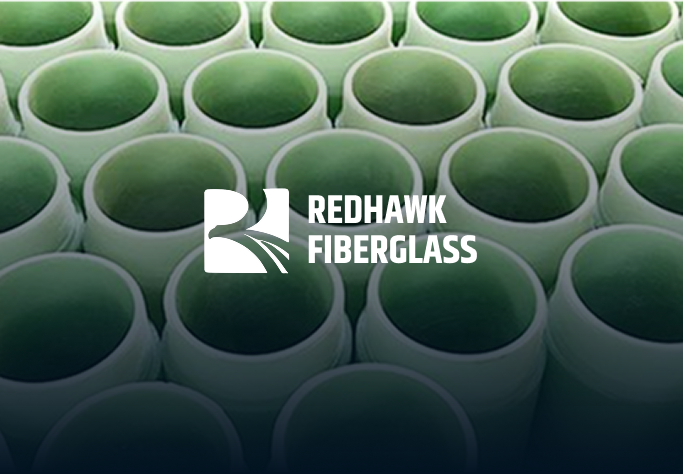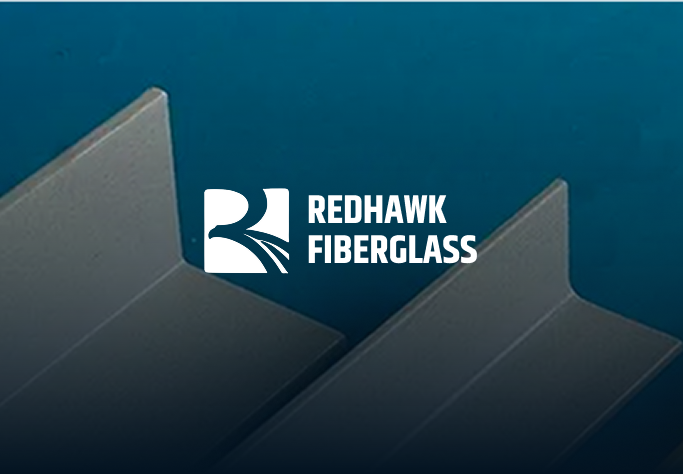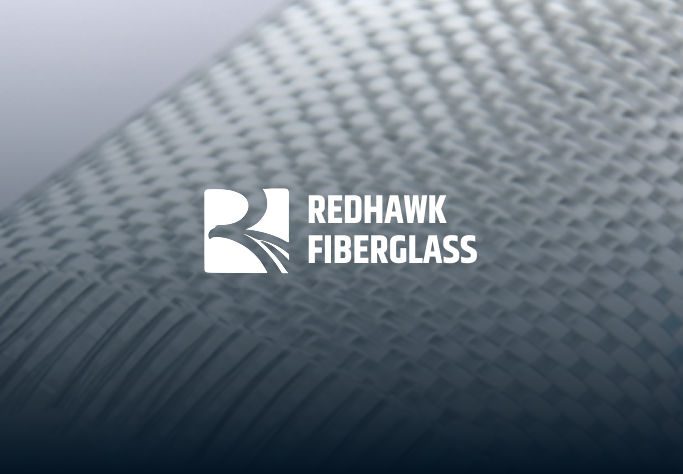Fiberglass Composites For NFPA, NEMA, and IEC Compliance



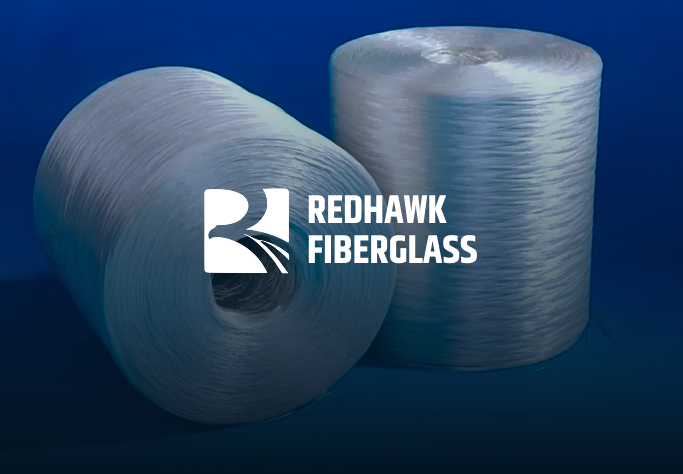
The industrial landscape operates under a mandate of safety, efficiency, and predictability. Compliance with regulatory standards is not merely a legal hurdle; it is a fundamental requirement that guarantees the protection of assets, the continuity of operations, and, most crucially, the safety of personnel. For international manufacturers, this mandate is complicated by the coexistence of regional and global frameworks, most notably the National Fire Protection Association (NFPA) and the National Electrical Manufacturers Association (NEMA) in North America, and the International Electrotechnical Commission (IEC) and International Organization for Standardization (ISO) globally. Effective industrial design requires a material solution that inherently satisfies the highest standards across all these domains. Relying on advanced materials, such as specialized fiberglass composites, provides a single platform to navigate the complexities of these diverse regulatory environments and ensure universal compliance.
While NEMA, NFPA, IEC, and ISO utilize different naming conventions and testing methodologies, their ultimate objective is identical: to mitigate risk by ensuring equipment performs reliably under both normal and extreme conditions. These regulatory bodies focus on three critical, interconnected areas: fire resistance, electrical insulation, and environmental protection. A material that fails in one domain automatically fails in the others. For instance, a corrosive environment (addressed by NEMA 4X) can degrade the physical integrity of an enclosure, which in turn compromises its ability to isolate electrical faults (addressed by NFPA 70) and maintain flame resistance. This interconnectedness dictates that engineers must choose materials capable of holistic performance. Fiberglass composites provide this comprehensive performance, addressing physical, electrical, and thermal demands simultaneously.
The most direct point of regulatory contrast in industrial enclosures lies in how they classify protection against external environmental factors. This classification determines whether an enclosure is suitable for applications ranging from outdoor installations to chemical processing facilities.
NEMA Enclosure Ratings: NEMA standards define the specific performance criteria required for enclosures used in North America. The NEMA 4X rating is highly sought after because it signifies protection not only against falling dirt, rain, sleet, snow, and hose directed water, but also protection against corrosion. This inherent corrosion resistance makes the 4X rating mandatory in industries like food and beverage, marine, and wastewater treatment, where caustic agents or salt spray are persistent threats.
IEC Ingress Protection (IP) Codes: The global counterpart is the Ingress Protection (IP) Code, defined by IEC 60695. An IP code uses two numerical digits: the first digit measures protection against solids (dust, tools), and the second measures protection against liquids (water, jets, immersion). For instance, an IP rating of IP66 provides complete protection against dust ingress and powerful water jets, making it the functional equivalent of NEMA 4X in many specifications.
The core material challenge here is longevity and sealing integrity. Metallic enclosures must rely on expensive coatings and perfect welding to achieve 4X or IP66, and any breach in the coating results in corrosion and eventual failure. Fiberglass, being naturally non corrosive, maintains its integrity and sealing performance indefinitely, simplifying the path to achieving the stringent requirements of both NEMA 4X and IP66 certification simultaneously.
Fire safety is non negotiable, particularly in electrical installations where failure can lead to catastrophic consequences. Both North American and global standards impose strict requirements on how materials react to heat and fire, focusing on minimizing flame spread and preventing electrical tracking.
NFPA and UL Compliance: In North America, NFPA 70 (The National Electrical Code) dictates safe electrical installation practices, and compliance relies heavily on material testing verified by bodies like Underwriters Laboratories (UL). A crucial test is UL 94, which classifies the flammability of plastic materials. Industrial electrical components often require a UL 94 V-0 rating, meaning the material will self extinguish within ten seconds after two separate applications of a flame, and no dripping of flaming particles is permitted. Furthermore, codes often require high dielectric strength to ensure the material can act as an effective insulator, preventing electrical arcs and tracking that initiate fires.
Global Fire Hazard Testing (IEC): Internationally, IEC 60695 outlines the procedures for fire hazard testing, including tests like the Glow Wire test, which evaluates a material's resistance to ignition from a heated element. The global goal is the same: to ensure that the electrical equipment itself is not the ignition source and does not contribute to the propagation of an existing fire. The key to meeting these codes with a single material lies in specialized fiberglass resin formulations. While standard plastics might be flammable, the inclusion of fire retardant additives and non combustible glass fibers transforms the composite into a high performance, non conductive, fire resistant material that easily achieves the UL 94 V-0 rating required for global electrical component use.

For any manufacturer operating in both North American and global markets, regulatory compliance introduces specific operational challenges that the right material choice can help overcome.
Challenge 1: Dual Certification Cost: Because NEMA and IEC standards are not legally interchangeable, manufacturers often must pursue dual certification for product lines intended for both markets. This involves repeated testing, documentation, and auditing. Specifying a material like fire retardant SMC fiberglass that has predictable, high level performance in both corrosion resistance and fire tests drastically reduces the cost and time associated with achieving multiple certifications.
Challenge 2: Consistency and Material Drift: Maintaining consistent material properties across large manufacturing runs is essential. Slight variations in the resin mixture or fiber volume can invalidate a UL or IEC certification. A reliable fiberglass manufacturer provides assurance that materials, whether they be fiberglass sheets or high volume molded components, adhere rigidly to the specific chemical formulation required to sustain their compliance ratings over time.
Challenge 3: Documentation and Auditing: Regulatory bodies demand meticulous records. Every component's compliance must be traceable through test reports, material safety data sheets, and certification documents. Using materials from a specialist fiberglass supplier simplifies this process, as they provide comprehensive data packets that address all relevant standards, from high temperature fiberglass gasket material specifications to structural load ratings.
Advanced fiberglass reinforced polymer (FRP) composites emerge as a superior solution because their properties are intrinsically aligned with the strictest requirements of both the North American and global regulatory frameworks. This alignment transforms compliance from a fragmented, expensive, and reactive process into a fundamental component of the design phase.
By utilizing high performance fiberglass, fiberglass material suppliers move away from a reactive compliance model (fixing problems with coatings and secondary insulation) to a proactive material selection model, where compliance is built into the component from the design stage.
Redhawk Fiberglass is a specialist fiberglass manufacturer and fiberglass distributor dedicated to supplying advanced composite solutions engineered for demanding regulatory environments. The company focuses on delivering fiberglass material that enables global operation without compromise by understanding the complex interplay between NEMA, NFPA, and international standards. Redhawk Fiberglass ensures that their products provide verifiable, pre certified compliance through a diverse range of high performance materials:
Partnering with Redhawk Fiberglass ensures that material selection is a strategic advantage, simplifying the dual certification process and guaranteeing that components meet the stringent safety and durability requirements of both the North American and global industrial markets.
The integration of North American standards (NEMA and NFPA) with international standards (IEC and ISO) creates a complex matrix that industrial manufacturers must navigate. The most effective strategy for managing this complexity is not through layered, region specific design changes, but through the adoption of materials with inherently superior performance characteristics. Fiberglass composites offer a single, elegant solution by simultaneously delivering the superior corrosion resistance demanded by NEMA 4X/IP66 and the stringent fire retardancy and electrical insulation required by NFPA 70/UL 94 V-0. This strategic material choice simplifies supply chains, reduces testing costs associated with dual certification, and ultimately provides a unified, higher level of safety and reliability for global industrial projects.
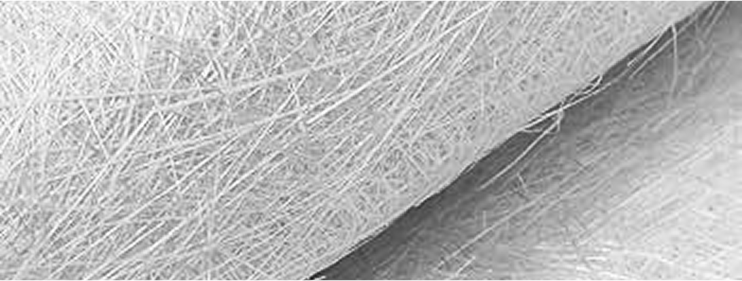
Leading fiberglass manufacturer Redhawk Fiberglass offers a 6-Point Mat (Chopped Strand Fiberglass), which features excellent flowability and high-temperature stability for diverse fiberglass composites

Premier fiberglass manufacturer Redhawk Fiberglass offers Glass Fiber Reinforced Gypsum (GRG) board, a lightweight, high-strength solution for diverse architectural and construction applications.
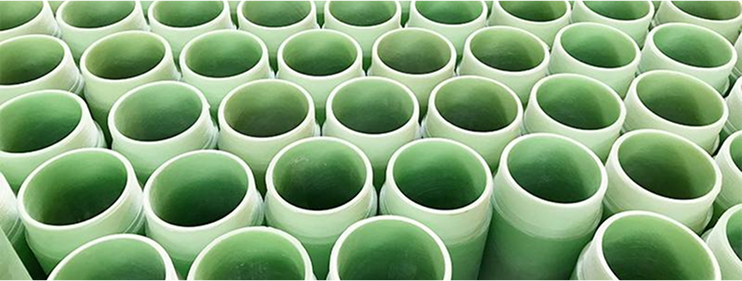
Premier fiberglass manufacturer Redhawk Fiberglass offers Filament Winding, creating precise, high-strength fiberglass composites with excellent thermal and chemical stability for demanding applications.
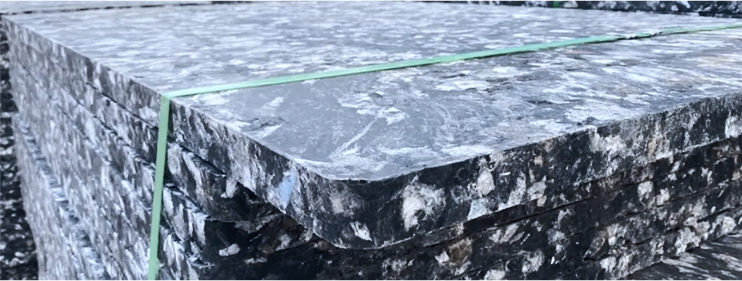
Premier fiberglass manufacturer Redhawk Fiberglass offers Engineering Thermoplastics (GFRT), a lightweight, high-performance fiberglass composite that boosts strength, heat resistance, and dimensional stability for diverse industrial uses.


